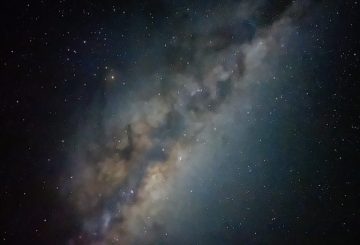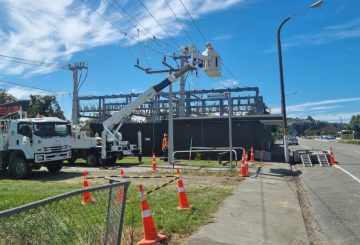뉴질랜드 학생들은 부채 증가가 미래 전망에 미치는 영향에 대해 점점 더 우려하고 있습니다.Studylink의 웹사이트에 따르면, 학생들이 생활비로 빌릴 수 있는 금액은 지난 6년 동안 주당 100달러 이상 증가했습니다.4월 1일에는 이 금액이 주당 20달러에서 302달러 사이로 조금 넘게 인상될 것입니다.
허용되는 최대 금액을 대출하는 학생들은 연간 15,000 달러 이상의 생활비 대출을 받게 됩니다.뉴질랜드 학생회 연합 (NZUSA) 회장인 엘렌 딕슨 (Ellen Dixon) 은 대부분의 학생들이 학비를 전액 인출하고 주당 30~40시간 동안 일하면서 계속 공부할 것이라고 말했습니다.딕슨은 이런 생활 방식은 건강에 해롭고 학생들이 공부에 온전히 집중할 수 없다고 말했습니다.그녀는 또한 젊은이들이 부채의 영향에 대해 충분히 교육받지 못했다고 우려합니다.
녹색당은 학생들에게 생활비 상승에 대한 단순한 “Band-Aid” 해결책 이상의 것이 필요하다는 데 동의하고 믿고 있습니다.고등교육부 대변인인 클로이 스와브릭 (Chloe Swarbrick) 은 당의 연구에 따르면 학생들의 3분의 2가 집세, 식비, 전기세 같은 기본 생활비를 감당할 수 없는 것으로 나타난다고 말했다.Swarbrick은 대출에 더 많은 돈을 투자하면 상황이 악화될 뿐이라고 생각합니다.
딕슨은 학생들이 공부하는 것과 집을 사는 것 중에서 선택할 필요가 없다고 말했다.과거에는 신청자의 지출 습관을 상세하게 분석하는 것이 첫 주택 구매자가 모기지 승인을 받는 데 장벽으로 작용했습니다.그녀는 우리가 다음 세대의 학생들을 위해 더 많은 것을 보게 될까 봐 걱정하고 있습니다. 특히 학생들이 생계를 위해 Afterpay와 같은 후불 결제 서비스를 계속 사용하기 때문에 더욱 그렇습니다.
ANZ의 한 경제학자인 마일스 워크맨 (Miles Workman) 은 평균 임금의 전반적인 인상만으로도 증가하는 학자금 대출을 충당하기에 충분할 것이라고 말했습니다.그러나 Workman은 학생들에게 재정적으로 영향을 미치는 더 큰 문제가 있다고 말합니다. 연금 제도는 “종량제 (pay as you go)” 시스템을 운영하기 때문에 이전 세대에게 유리하게 설정되었다는 것입니다.
NZUSA와 녹색당은 고등 교육 구조 조정을 원하며 Swarbrick은 보편적 학생 수당이 도움이 될 것이라고 말했습니다.현재 학생 중 3분의 1만이 주당 279달러의 학생 수당을 받고 있습니다.Swarbrick은 2021년 교육부의 최신 수치에 따르면 보편적 학생 수당을 지급하는 것이 그보다 약 22% 인상될 것이라고 말했습니다.





























































